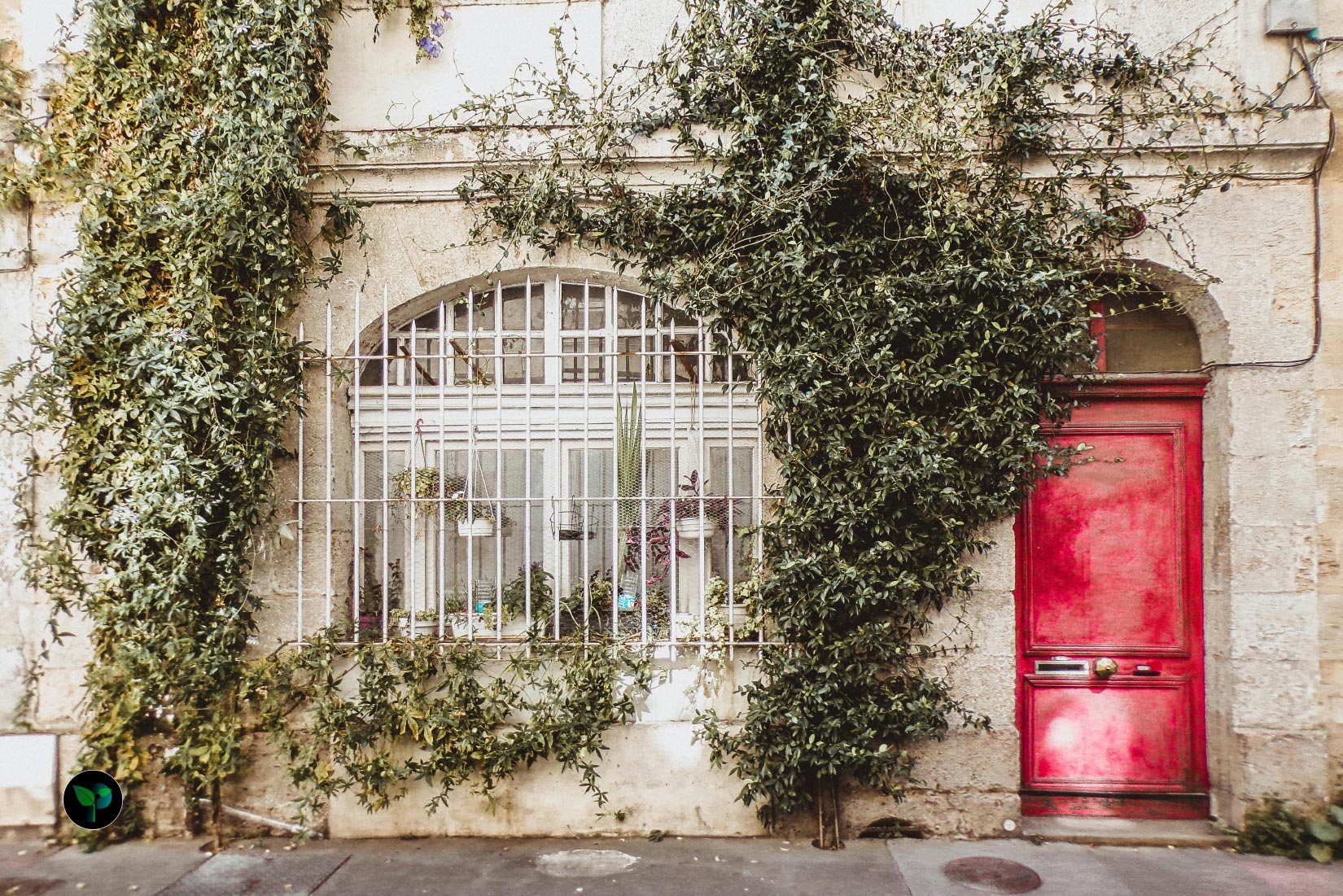Welcome to Plants Folder, where we dive deep into the wonderful world of flora! If you’re a plant enthusiast or just someone looking to spruce up their living space with some greenery, you’re in the right place! In our latest post, we’ll be exploring the fascinating realm of creeper plants. These botanical gems are nature’s climbers, adding a touch of elegance and charm to any garden or indoor space. From the delicate tendrils of English Ivy to the vibrant blooms of Bougainvillea, creeper plants come in a wide variety of shapes, sizes, and colors, making them a versatile and popular choice for plant lovers worldwide.
What are creeper plants?
Creeper plants, also known as trailing plants or vining plants, are fascinating botanical specimens that add a touch of whimsy and greenery to gardens, indoor spaces, and landscapes. These plants have a unique growth habit where they elongate and sprawl along the ground or climb on supports such as trellises, fences, or other structures. Here’s a closer look at creeper plants:

Growth Characteristics
Trailing Habit
Creeper plants have a trailing growth habit, with stems that spread along the ground or cascade over edges.
Climbing Ability
Many creeper plants possess special structures like tendrils, aerial roots, or twining stems that allow them to climb and attach themselves to structures for support.
Types of Creeper Plants
Trailing: Plants like the String of Pearls (Senecio Rowleyanus) or Ivy (Hedera) are examples of trailing creepers that add a flowing effect to hanging baskets or pots.
Climbing: Creeper plants like Pothos (Epipremnum aureum) or English Ivy (Hedera helix) climb and cover vertical surfaces with their lush foliage, adding a vertical element to spaces.
What are popular creeper plants?
When it comes to creeper plants, there is a wide variety of popular choices that can add charm, greenery, and a touch of whimsy to your indoor or outdoor spaces. Here are some well-loved creeper plants that are commonly sought after by gardeners and plant enthusiasts:
1. English Ivy (Hedera helix):
Appearance: Elegant, trailing vines with glossy, dark green leaves.
Features: Versatile plant that can climb or trail, ideal for covering walls or in hanging baskets.
Care: Thrives in indirect light and moderate watering; easy to propagate.
2. Pothos (Epipremnum aureum):
Appearance: Heart-shaped leaves in various shades of green, with some variegated varieties.
Features: Fast-growing and adaptable plant suitable for both trailing and climbing.
Care: Tolerant of low light and irregular watering; great for beginners.
3. String of Pearls (Senecio rowleyanus):
Appearance: Unique trailing succulent with bead-like leaves resembling pearls.
Features: Drought-tolerant plant that looks stunning in hanging planters or trailing down shelves.
Care: Requires bright, indirect light and infrequent watering to prevent root rot.
4. Hoya Carnosa (Wax Plant):
Appearance: Waxy, cascading vines with clusters of fragrant, star-shaped flowers.
Features: Beautiful foliage and blooms make it a popular choice for hanging baskets.
Care: Enjoys bright, indirect light and occasional watering; ideal for indoor spaces.
5. Climbing Hydrangea (Hydrangea petiolaris):
Appearance: Climbing vine with large, showy hydrangea-like flowers and heart-shaped leaves.
Features: Adaptable plant that flourishes in shaded areas and climbs vertical surfaces.
Care: Requires moist, well-draining soil and support for climbing structures.
6. Sweet Autumn Clematis (Clematis terniflora):
Appearance: Fast-growing vine with masses of small, fragrant white flowers in late summer to fall.
Features: Provides a profusion of flowers and is a favorite for covering pergolas or arbors.
Care: Prefers full sun to part shade and regular pruning to control growth.
7. Bougainvillea (Bougainvillea spp.):
Appearance: Colorful, vine-like shrub with papery bracts surrounding tiny flowers in shades of pink, purple, or red.
Features: Adds a pop of color to gardens or trellises; drought-tolerant once established.
Care: Requires full sun, well-draining soil, and minimal water once established.
These popular creeper plants offer a variety of colors, textures, and growth habits, making them versatile choices for enhancing your living spaces, creating green walls, or adding a vertical element to your garden. With proper care and maintenance, these creeper plants can thrive and bring joy to any environment!
Uses and Benefits
Creeper plants, with their trailing and climbing growth habits, offer a multitude of uses and benefits that make them valuable additions to indoor spaces, gardens, and landscapes. Let’s explore the various advantages of incorporating creeper plants into your surroundings:
Aesthetic Appeal
Softening Hard Surfaces: Creeper plants can soften the look of walls, fences, or pergolas with their foliage and flowers.
Vertical Interest: Climbing creepers add vertical interest, depth, and texture to gardens or indoor spaces, creating visual appeal.
Space Optimization
Maximizing Small Spaces: Vertical climbers make efficient use of limited space, ideal for small gardens, balconies, or indoor areas.
Privacy Screens: Tall, climbing creepers can act as natural privacy screens when trained to grow on trellises or fences.
Environmental Benefits
Air Purification: Like all plants, creeper plants contribute to air purification by absorbing carbon dioxide and releasing oxygen.
Shade and Cooling: Creeper plants can provide shade, reducing ambient temperatures and energy costs in outdoor spaces.
Wildlife Habitat
Pollinator Attraction: The flowers of creeper plants attract bees, butterflies, and other pollinators, supporting local ecosystems.
Bird Nesting Sites: Climbing creepers with dense foliage can provide nesting sites for birds, enhancing biodiversity.
Practical Uses
Erosion Control: Trailing creepers can help prevent soil erosion on slopes or bare ground.
Noise Reduction: Thickly growing creeper plants may act as a natural sound barrier, reducing noise pollution.
Therapeutic Benefits of Creeper Plants
Stress Reduction: Connecting with nature, including creeper plants, has been shown to reduce stress, improve mood, and promote relaxation.
Indoor Air Quality: Certain indoor plants can improve indoor air quality by absorbing pollutants.
Versatile Decor Options
Indoor Decor: Trailing creepers in hanging baskets or climbing indoor walls can enhance interior decor and bring nature into living spaces.
Outdoor Landscaping: Creeper plants are versatile options for adding greenery to gardens, patios, or pergolas, enhancing the overall landscape.



Leave a Reply